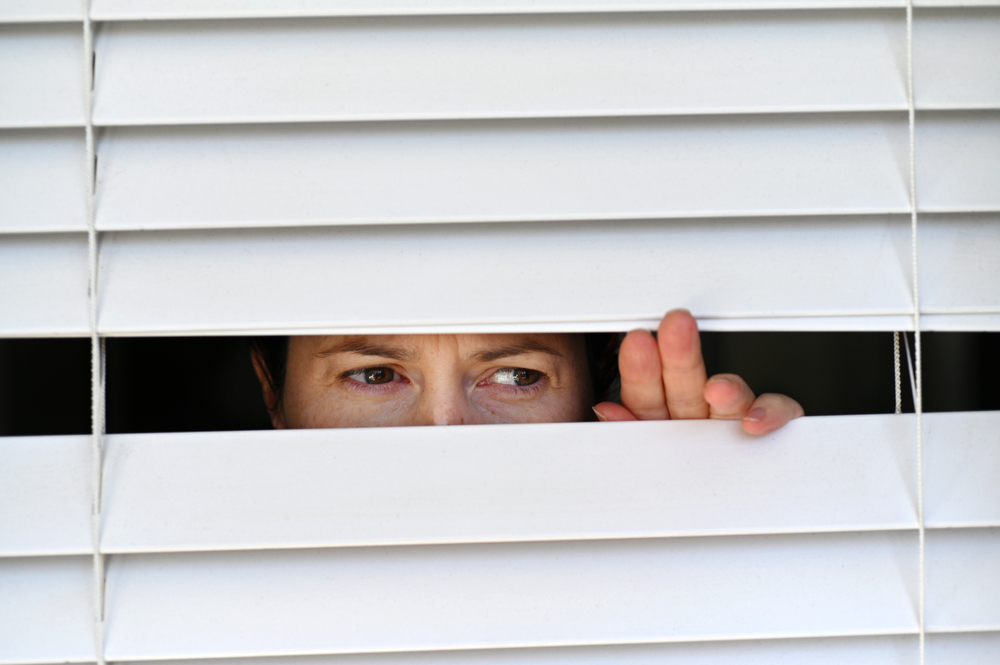Agoraphobia is a mental and behavioral disorder that is specifically characterized as an anxiety disorder in the Diagnostic and Statistical Manual of Mental Disorders, Fifth Edition (DSM-5). Individuals with agoraphobia are explained as having a “disproportionate fear of public places, often perceiving such environments as too open, crowded, or dangerous.” This fear often leads to persistent avoidance behaviors, in which the person begins to evade the places and situations in which they fear panic may occur. The National Institute of Mental Health (NIMH) reports that agoraphobia occurs to approximately 0.9% of adults in the U.S. population in any given year. Without proper treatment, agoraphobia can last indefinitely.
Symptoms
The symptoms of agoraphobia typically surface when an individual is presented with the opportunity to leave his or her comfort zone, and/ or if an individual finds him or herself in a location that he or she has deemed crowded, unfamiliar, and/ or without access to an easy exit. Common symptoms of agoraphobia can include, but are not limited to, any combination of the following examples, provided by the Mayo Clinic:
- Excessive sweating
- Nausea
- Fatigue
- Elevated heart rate
- Trembling
- Heart palpitations
- Paresthesia (feelings of pins and needs in one’s extremities)
- Extreme worry and or fear
- Panic attacks
- Chest pain
- Vomiting
- Nightmares
- Headaches
The primary symptom of agoraphobia is the strong need to avoid public, crowded or unfamiliar places. It is common for the symptoms listed above to subside or significantly reduce after the person has returned to his or her comfort zone.
How Long Does It Last?
The DSM-5 considers agoraphobia to be persistent and chronic if a person does not receive treatment. As many as 1 in 2 people with agoraphobia who receive treatment may make a full recovery, while others may experience an improvement in symptoms, but continue to have periods when their symptoms become more troublesome. According to the Cleveland Clinic, the process to recover from agoraphobia can take between 12 to 20 weeks when psychotherapy is used in conjunction with medication, or up to a year when treatment does not include the use of medication. The length of agoraphobia will last is variable, as it will depend on each person’s unique circumstance and several contributing factors.
For Information and Support
Every family in need of mental health treatment must select a program that will best suit the needs of their family. When one member of a family struggles, it impacts everyone in the family unit. To maximize the benefits of treatment we work closely with the entire family to ensure that everyone is receiving the support they need through these difficult times. Seeking help is never easy, but you are not alone! If you or someone you know needs mental health treatment, we strongly encourage you to reach out for help as quickly as possible. It is not uncommon for many mental health difficulties to impact a person’s life, long term. Pursuing support at the beginning of one’s journey can put the individual in the best position to learn how to manage themselves in a healthy way so they can go on to live happy and fulfilling lives.
OUR KNOWLEDGEABLE ADMISSIONS TEAM CAN BE REACHED 24/7 AT INFO@PACIFICRTC.COM OR CALL: 800-531-5769






